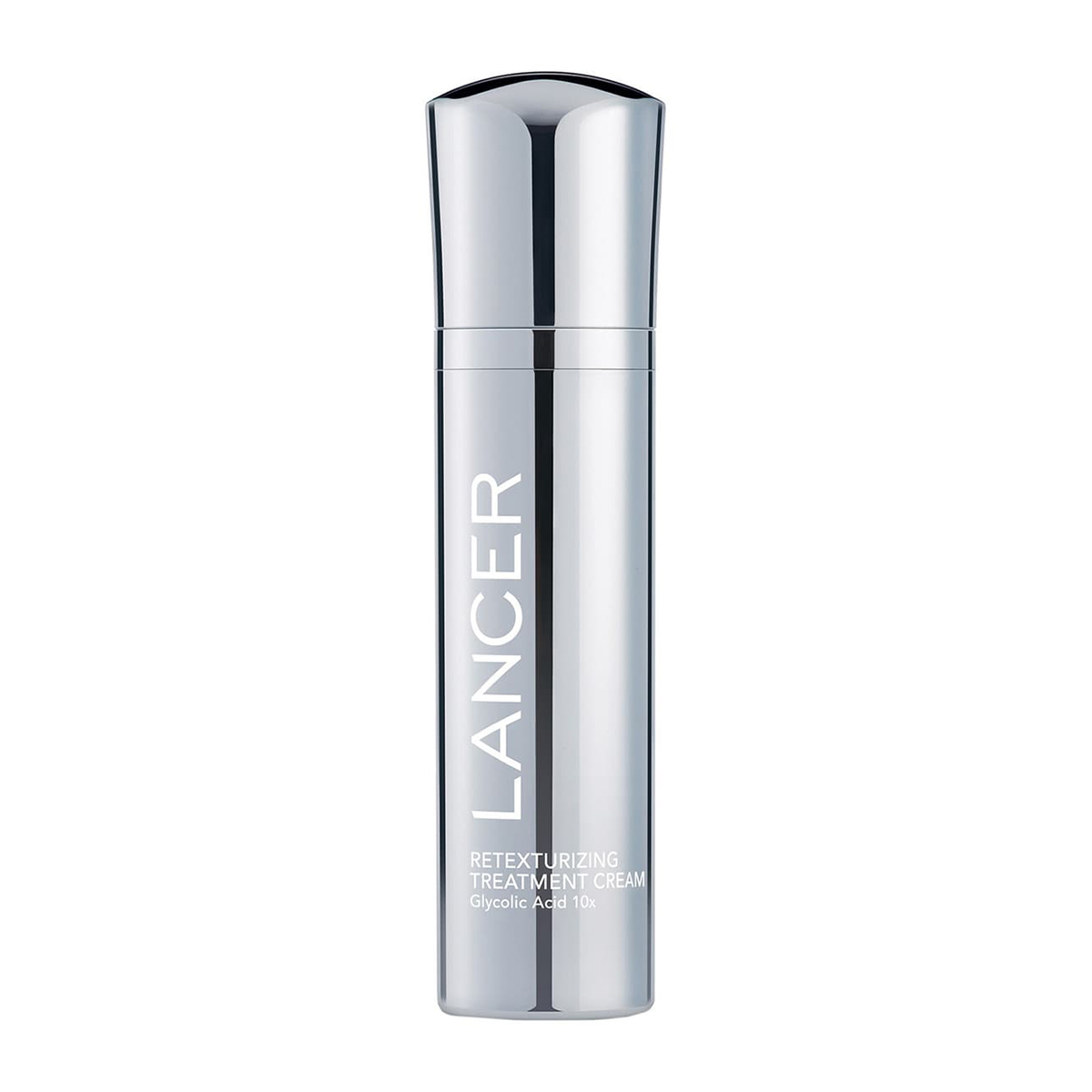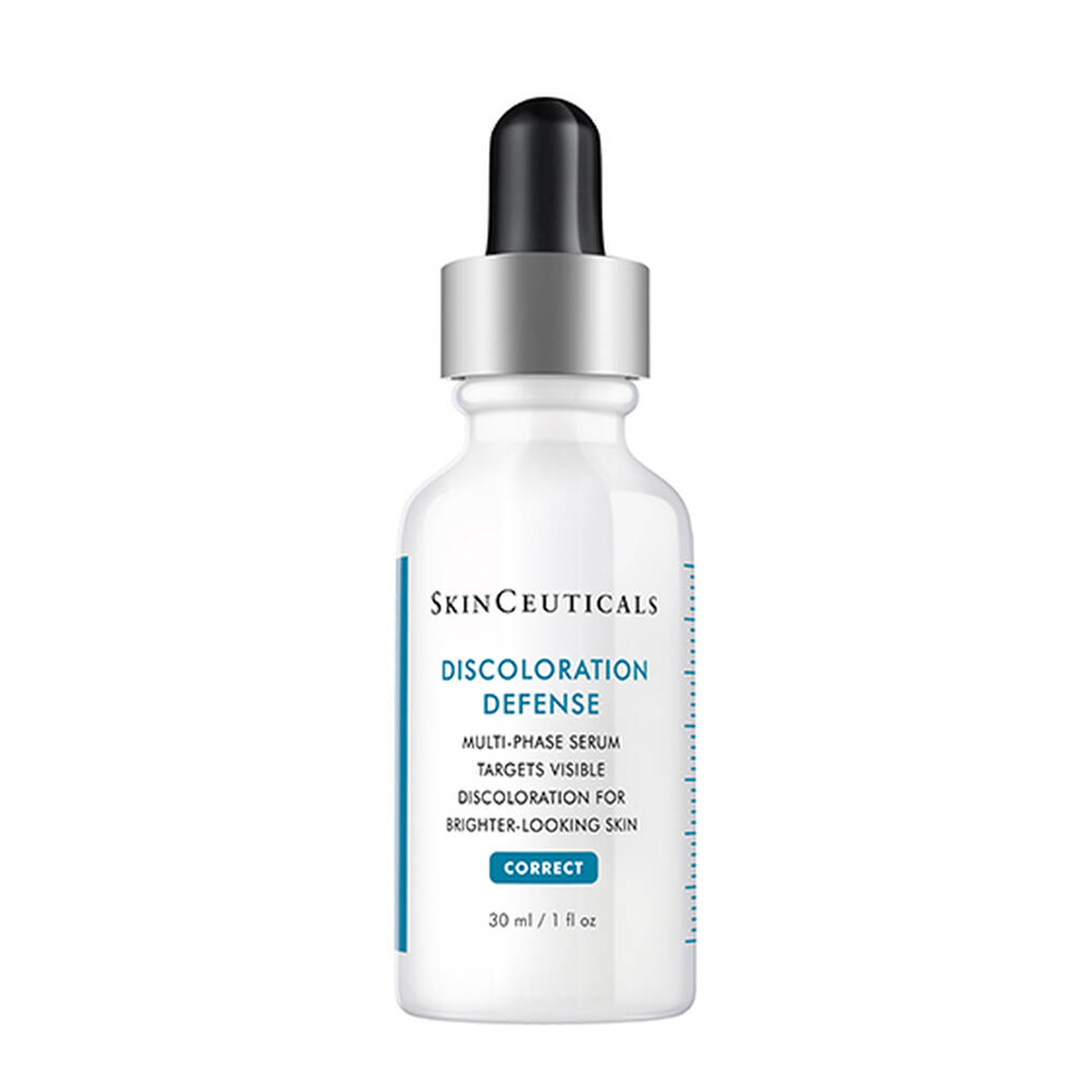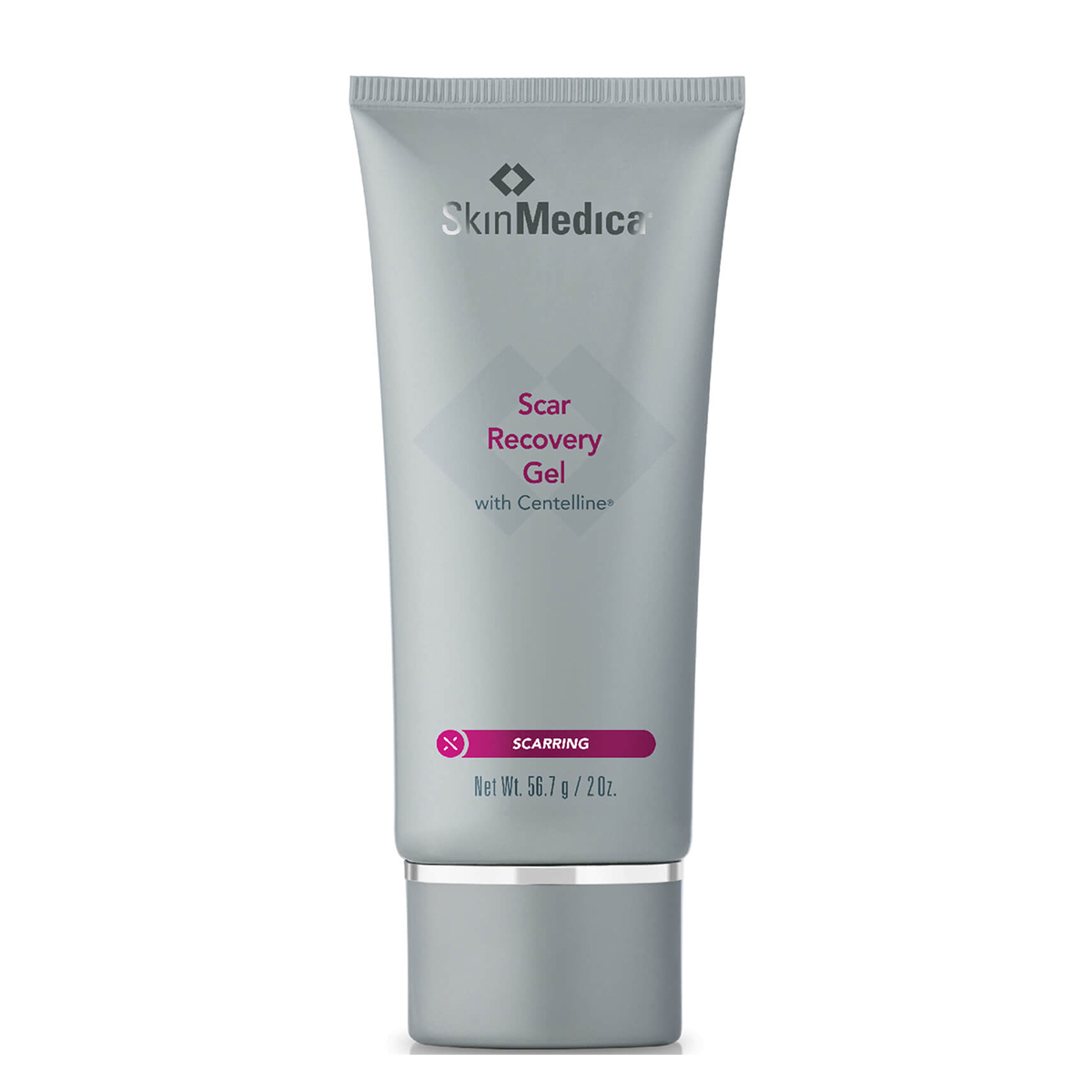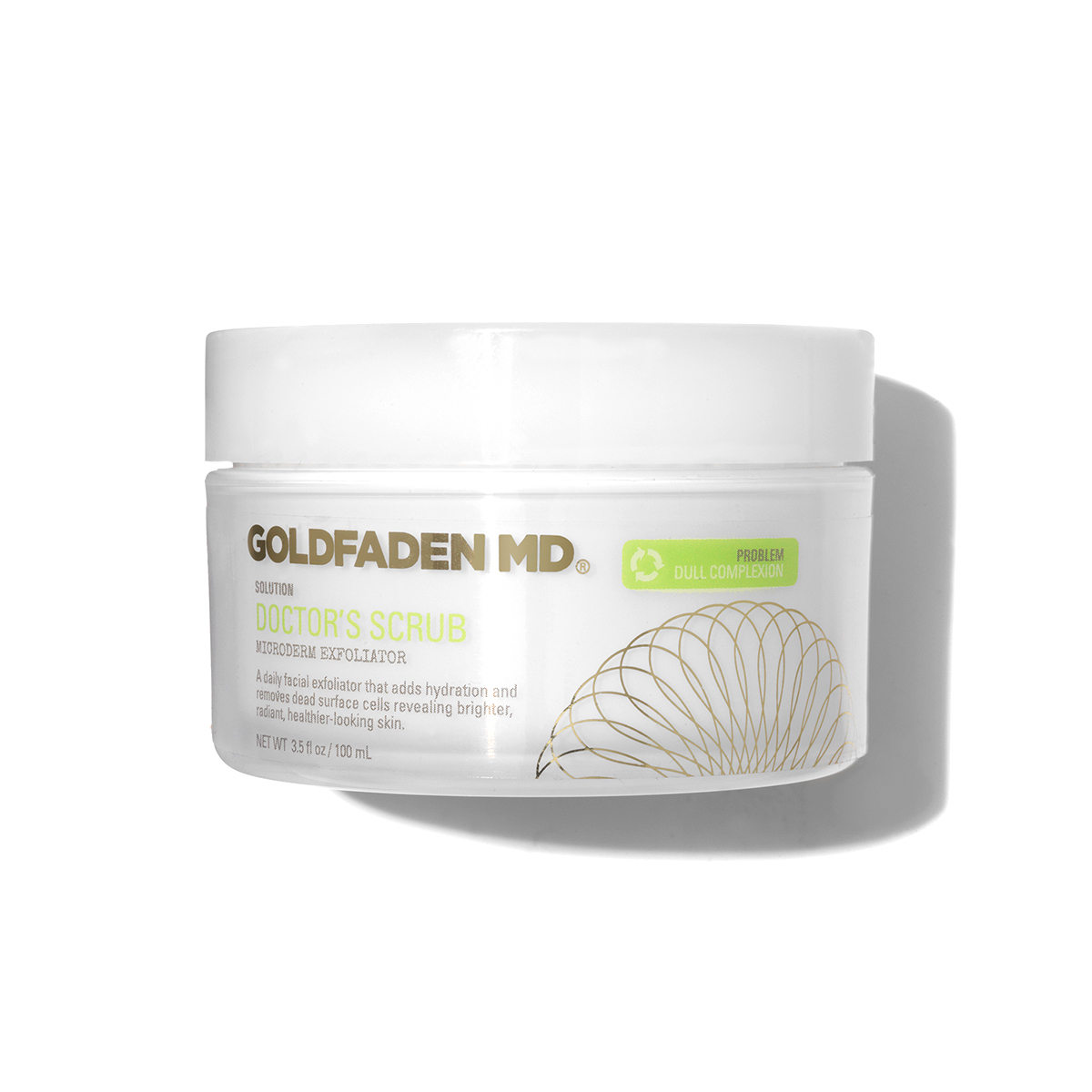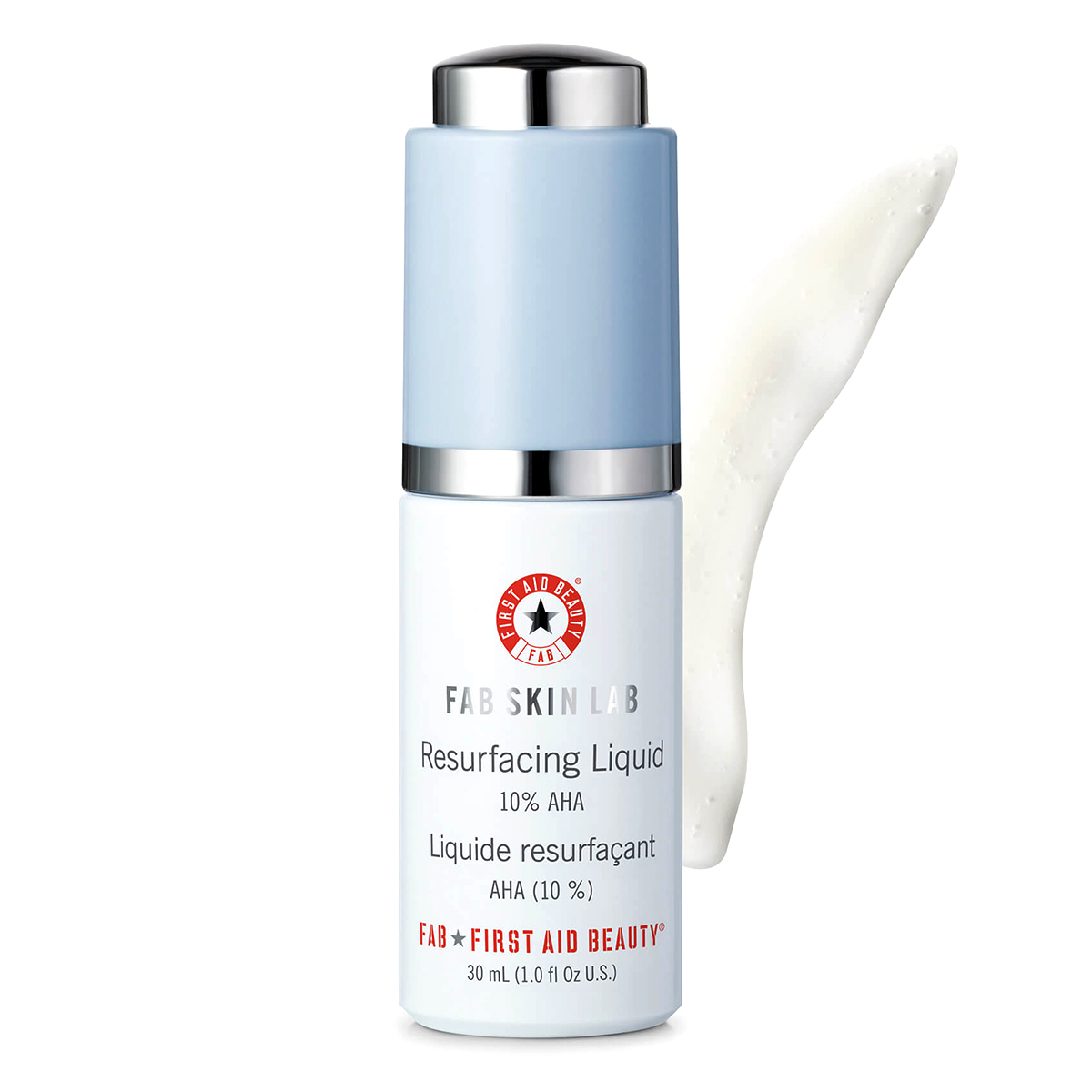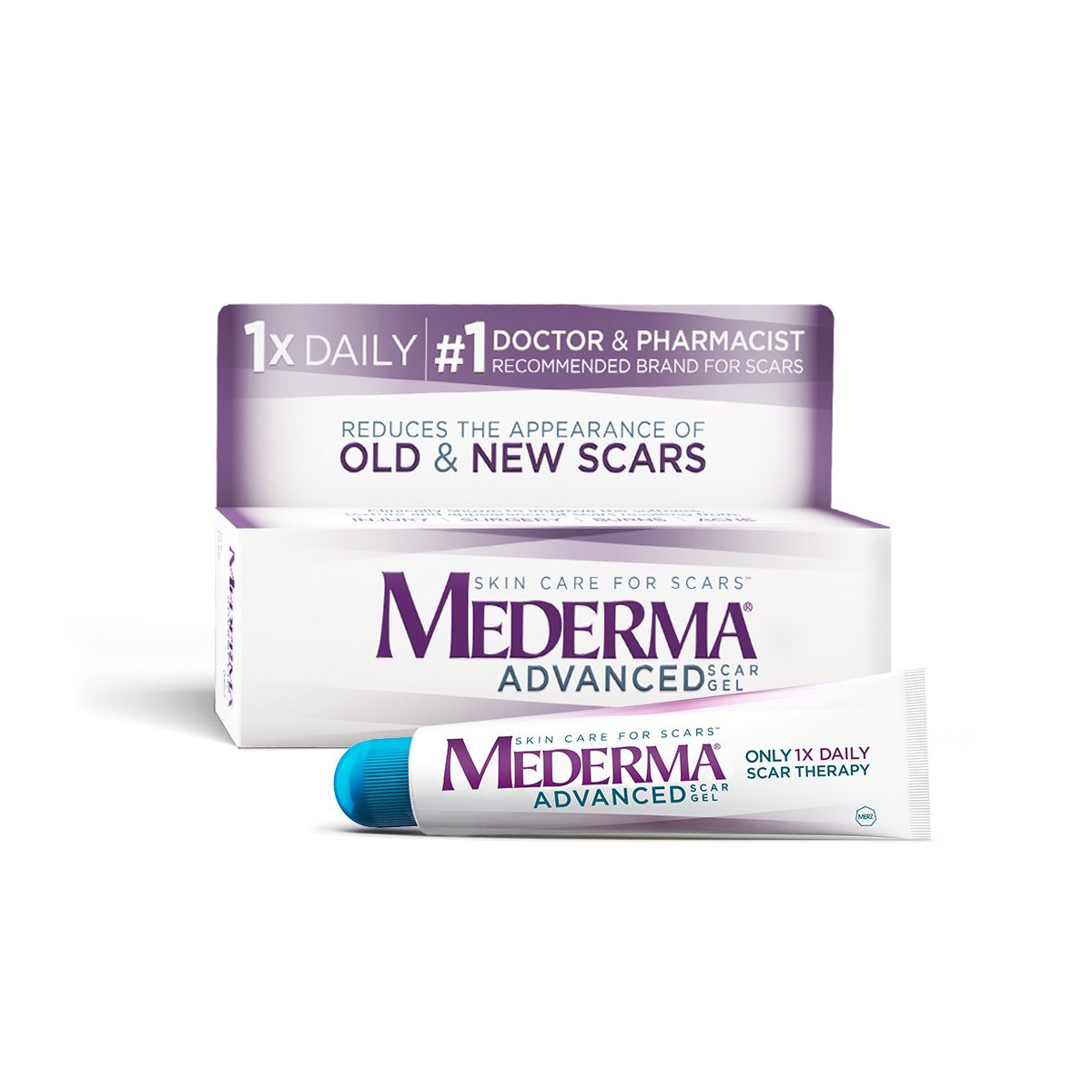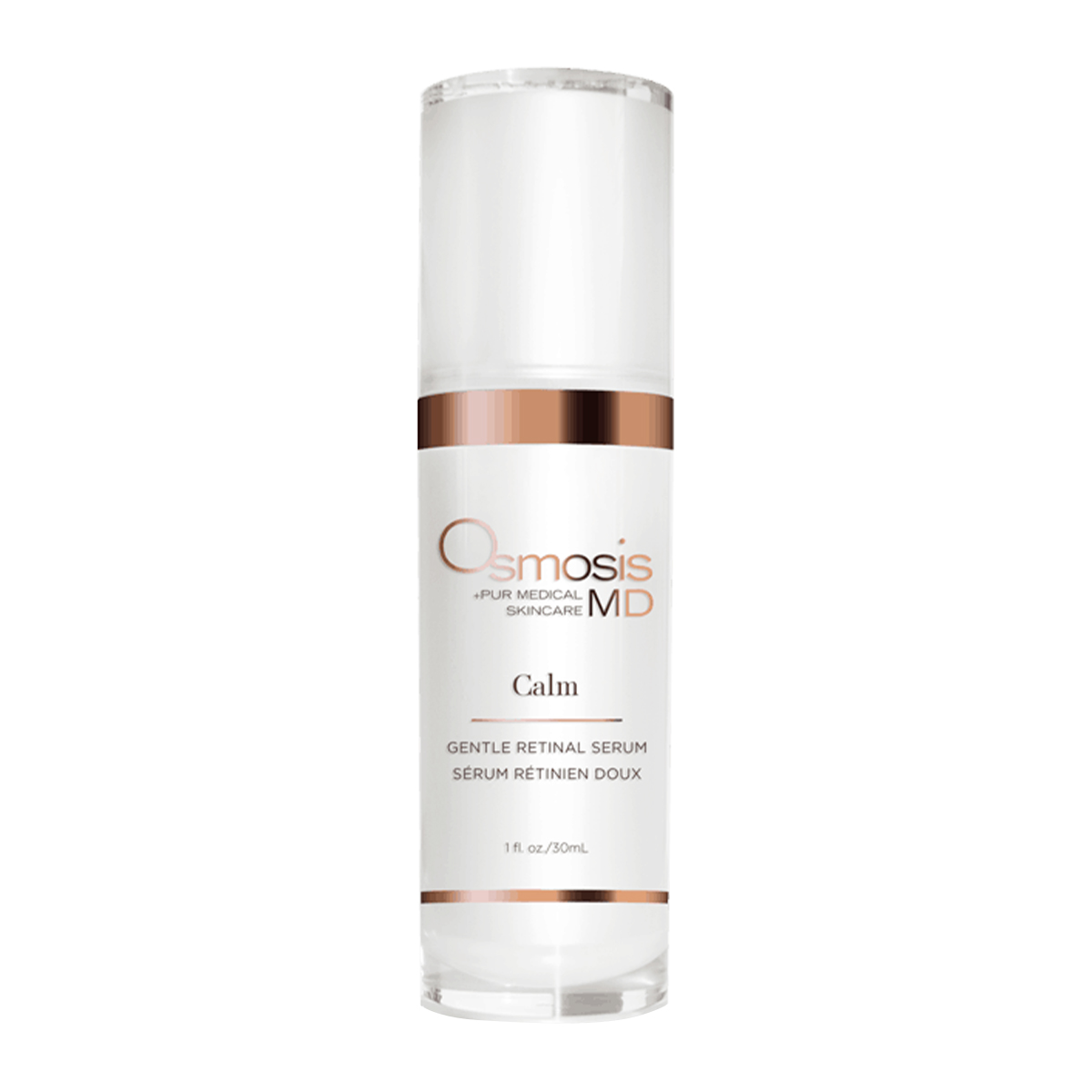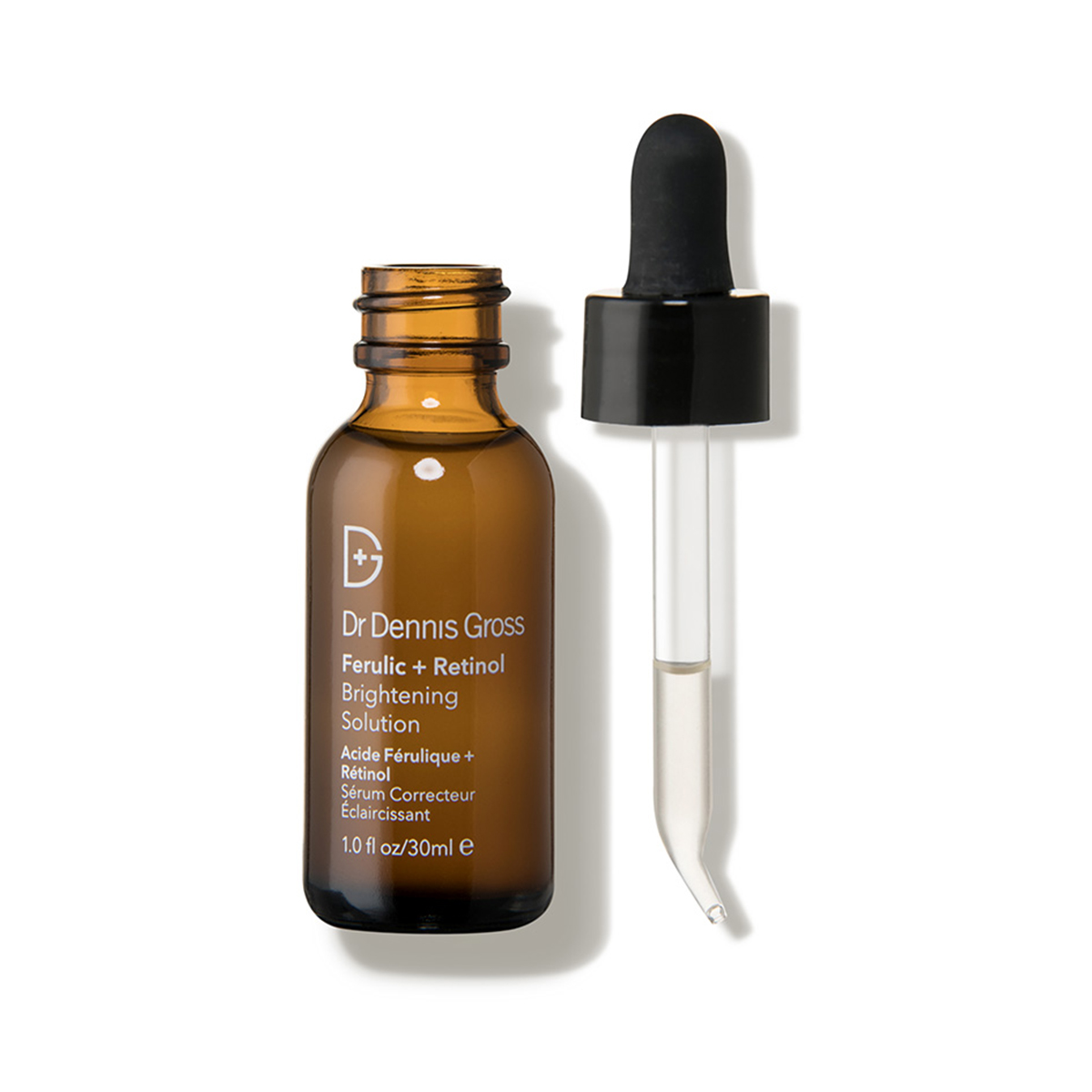The 8 Commandments of Scarless Mole Removal, According to J.Lo's Derm

Even though summer is sadly coming to a close, skin health is still top of mind, and honestly, it should remain that way all 365 days of the year. We don't have to remind you to wear your sunscreen every single day, nor to perform regular (aka monthly) self-exams in addition to semi-regular appointments with a trusted, board-certified dermatologist. When it comes to skin health and skin cancer, prevention and early detection are paramount. And if you're naturally freckly or predisposed to burns, actively staying on top of your skin's health is of utmost importance.

That leads us to the subject at hand: mole removal and the potential for scarring. As someone who works in the beauty industry and talks to the best dermatologists and estheticians in the league, I can't even tell you how many times I was personally asked this summer how to heal or address scarring after mole/lesion removal. I'm by no means an expert (merely a messenger here), so I reached out to Harold Lancer, MD, FAAD, who is an expert and is known as one of the best professionals in the biz for incredibly seamless (and scarless) spot removal. Here, the eight commandments you should know about mole removal and scarring, plus nine topical products that can help with pigmentation post-op. Keep scrolling!
1. See a Board-Certified, Experienced Dermatologist
This might be obvious, but the importance of our first commandment is not to be ignored. If you have a suspicious mole, it's imperative that you see a board-certified, experienced dermatologist who will be able to clinically evaluate it to decide the level of suspicion and the nature of the lesion.
Removing a mole for cosmetic purposes versus a medical reason are two very different beasts, and the approach to removal and care post-treatment will have a huge bearing on the removal strategy and treatment plan. "If we're removing a lesion for cosmetic purposes, it will be removed with more of a cosmetic elegance versus a mole that needs to be removed for a medical reason," Lancer confirms. "Depending on the opinion, pre-biopsy will determine the best way to do the sampling of the growth or the complete removal of the growth with the most minimal mark."
Additionally, it's not a bad idea to see a dermatologist who specialized in mole removal. For instance, Lancer has a reputation as being one of the best professionals in the business when it comes to seamless removal and scarless recovery.
2. The Removal Technique Will Depend on the Nature of Your Mole
Our apologies ahead of time if you're squeamish, but according to Lancer, there is not one set method of removal for a specific spot. For example, if the scar is raised, your dermatologist will likely perform a clip biopsy, but if it's flat, it will need to be scraped away, which actually yields less chance for scarring since the skin will continue to grow, heal, and regenerate around the area where the skin was scraped away.
However, if there is scarring, Lancer tells us that using lasers post-treatment is one of the most effective treatment plans to help remove it.
3. Your Treatment Plan May Vary Depending on Your Skin Tone
In terms of skin tone, darker skin types, in general, are more prone to issues with hyperpigmentation and are therefore more likely to scar or suffer from issues of pigmentation post scar removal as well. Although it might not 100% be a solution, Lancer recommends combining the removal treatment with lasers and a topical chemo cream (a prescription) to help alleviate and expedite the healing process. Keeping the skin extremely moisturized will also be important.
For those with lighter skin, Lancer suggests following removal with an infrared coagulator, which he says often yields great results in terms of reducing the likelihood or severity of scarring.
4. Location and Size Matter
As Lancer explained to us, the likelihood and duration of scarring definitely depend on the size of the mole and where it was located on your body. When it comes to healing, if it is in an area with less circulation, it will take longer to heal. Interestingly, the face tends to heal faster.
5. Set Realistic Expectations
As you're probably realizing, it will be impossible for a dermatologist to prescribe a 100% scarless mole removal, and if they do, that probably means they aren't trustworthy. (There are just too many factors to take into account that are very personal.) Results can, of course, be outstanding, but as Lancer reminds us, a completely scarless removal may or may not exist depending on the above factors like size, location, and skin tone, in addition to an individual’s perception of a very good end cosmetic result.
6. Know the Best Things to Do Post-Removal
"The treatment post-removal is a function of how the mole was removed," Lancer tells us. "If it involved an incision with sutures being placed, that’s one set of instructions, and if removed in another manner, it’s another set of instructions." Therefore your exact prescription post-op will be completely determined by your derm. That said, Lancer says that in general, regularly using topical products that include AHAs and BHAs—aka acids that encourage cell turnover and fade pigmentation—will most definitely be your friend.
As far as in-office treatments, he suggests asking your derm about radio frequency, lasers, microcurrent, light sources, chemical peeling, or a combo of the above.
7. Know the Worst Things to Do Post-Removal
Although it may be easy or feel like you're out of the woods post-op, Lancer says one of the worst things you can do if you're trying to avoid scarring or healing complications is to not follow the instructions given by the physician who performed the removal. Additionally, make sure you follow up with the same dermatologist versus shopping, as Lancer says, for other dermatologists to care for the area post-treatment. Essentially, make sure you're giving the primary professional you're seeing the opportunity to do their best work without inviting too many cooks into the kitchen, which might actually worsen or slow the healing process.
8. Expect a One-Year Healing Time
Again, not to sound like a broken record here, but there are a lot of different factors, and it's impossible to predict exactly how long it will take the excavation site to heal. That said, Lancer says, in general, you can plan for a six-to-12-month window. It definitely depends on your perception of perfection or what scarless means. For instance, since Lancer has a large roster of A-list clientele, he explains that it becomes a matter of necessity for a lot of his patients to approach complete invisibility, and the treatment process will end up being longer, as they will have multiple treatments following a removal. So again, it depends on skin tone, location, and size, yes, but also your expectations or bandwidth for additional treatments that may be costly.
Shop Products to Help With Scarring and Pigmentation
Dermstore is our first stop when it comes to finding the best-of-the-best skincare formulas dermatologists, estheticians, and other experts in the industry swear by. Plus, its site just relaunched! Below, we're highlighting the best-selling formulas Dermstore has to offer to address scarring. Keep scrolling!
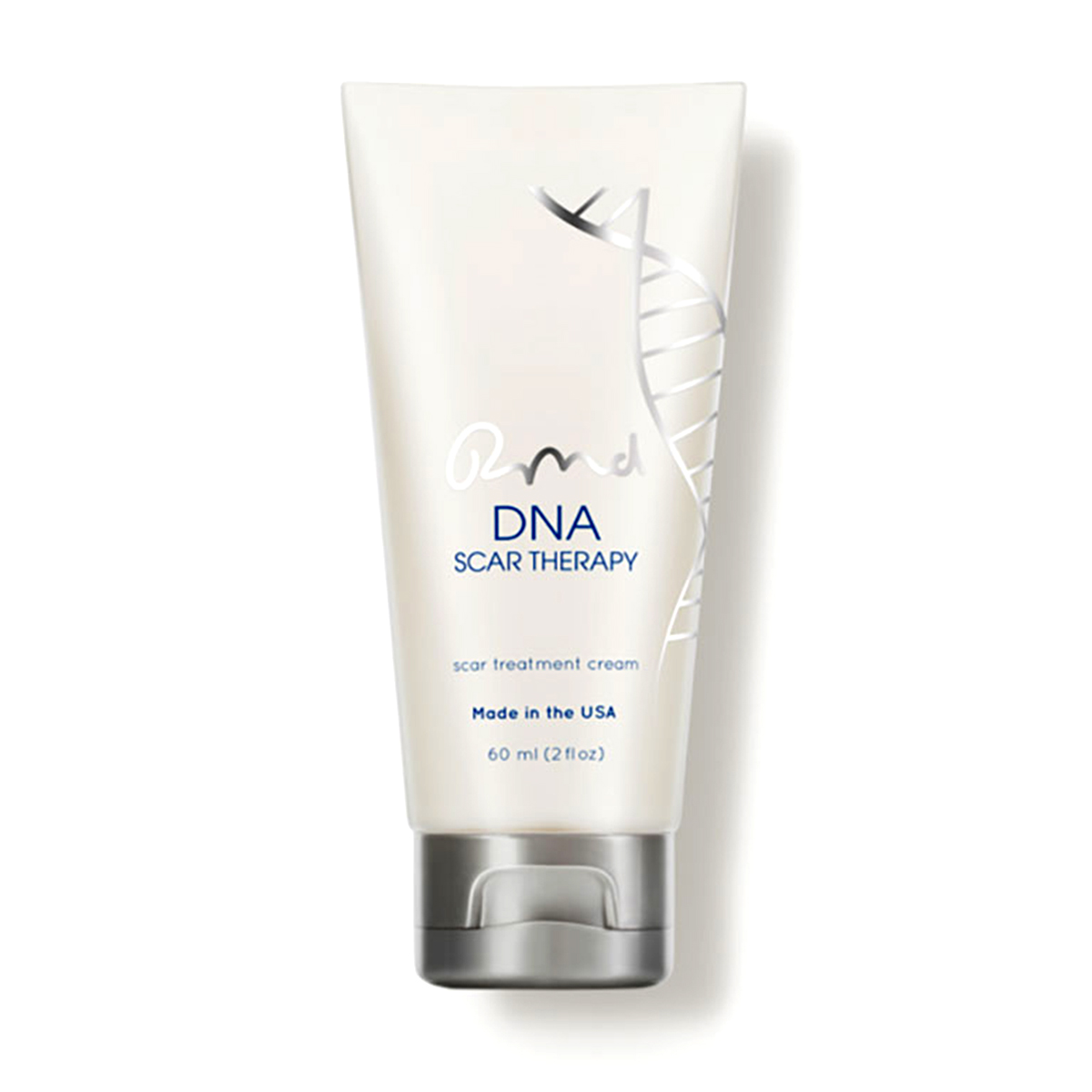
The highlight: Four stars, one review
Up next: This Is How Top Dermatologists Would Treat Your Uneven Skin Texture

Erin has been writing a mix of beauty and wellness content forBest Knockoff Luxury Clothing for over five years. Prior to that, she spent two and half years writing for Byrdie. She now calls Santa Monica home but grew up in Minnetonka, Minnesota, and studied writing, rhetoric, and communication at University of Wisconsin, La Crosse. She studied abroad in Galway, Ireland, and spent a summer in L.A. interning with the Byrdie andBest Knockoff Luxury Clothing family. After graduating from UW, she spent one year in San Francisco, where she worked as a writer for Pottery Barn Kids and PBteen before moving down to L.A. to begin her career as a beauty editor.
